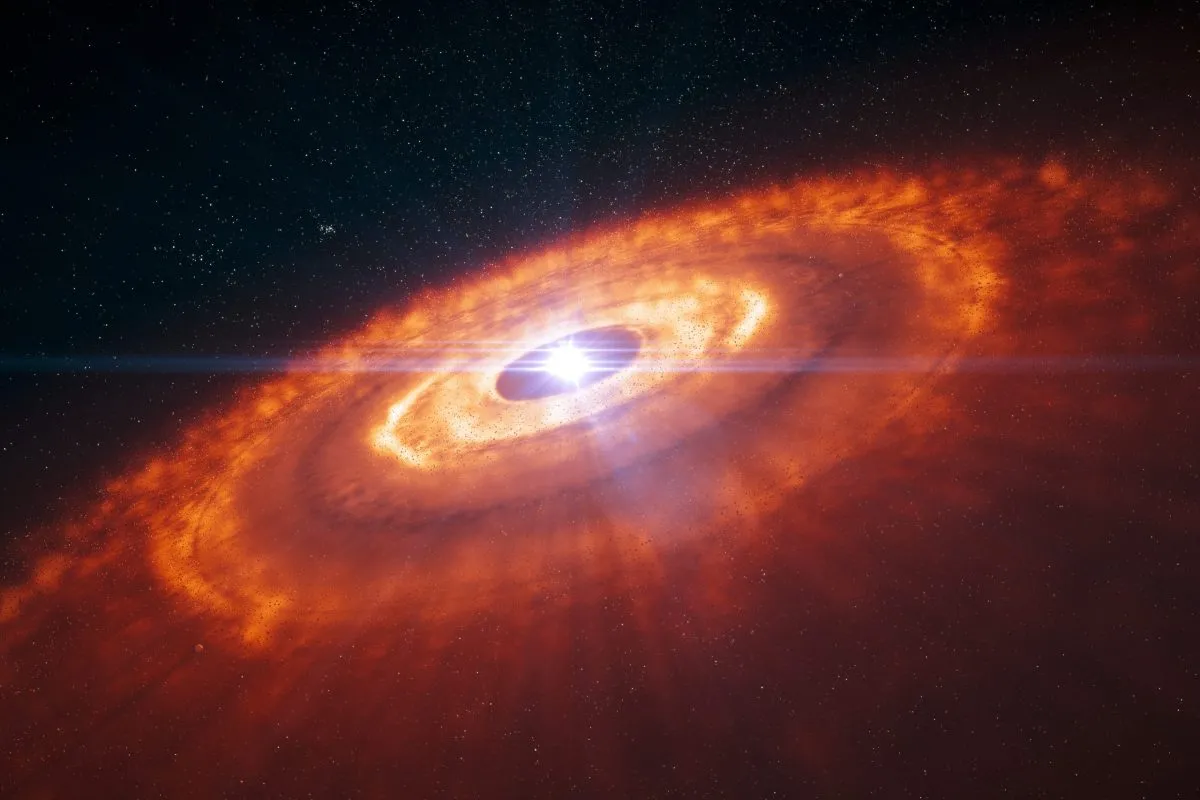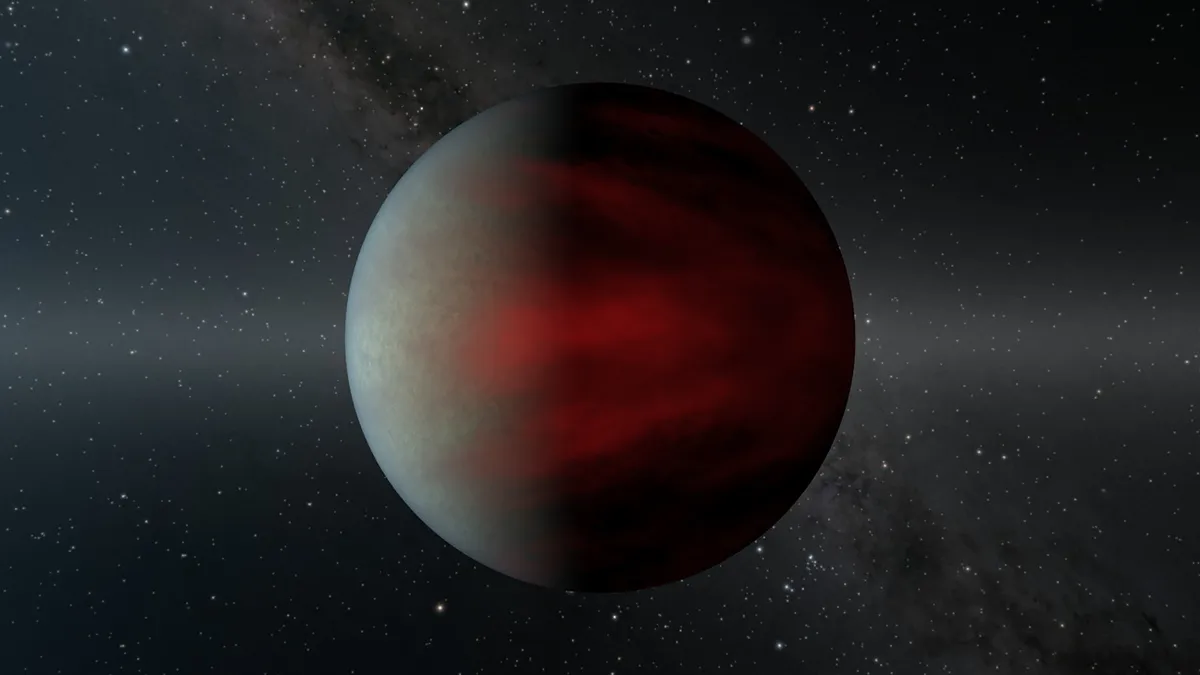Our Solar System is nicely ordered. All the planets move around the Sun in more-or-less perfect circles, and all their orbits are aligned in the same plane – like marbles rolling around the same dinner plate.
This is known as the plane of the ecliptic, and it’s the reason why the Sun, the Moon and all the planets appear to move along the same narrow band in our skies – the zodiac.
The Sun’s own rotation is aligned in the same way (well, it has an axial tilt of just 7°) so that the solar equator lies along the plane of the ecliptic.
As a molecular cloud begins collapsing, the conservation of angular momentum ensures that newly-forming protostars become surrounded by a flattened disc of gas and dust that forms planets.
Read Lewis Dartnell's guide to the Asteroid Belt or find out what happens when an exoplanet orbits two stars at once.

And so the orderly layout of our own Solar System was also the way that any other planetary systems were expected to be arranged.
But as we discovered more extrasolar planetary systems we realised how wrong this is: now we know of systems where the stellar equator and the planets’ orbital plane are misaligned.
Most of these distorted systems involve a singleton Hot Jupiter exoplanet.
In these cases it’s thought that during the gas giant’s disruptive migration in towards its star, scattering other planets out of the system, the original orderly arrangement became distorted to leave a substantial tilt between the orbital plane and the plane of stellar rotation.

In theory, misalignments between the central star and the entire planetary disc also ought to be possible from the gravitational meddling of a wide-orbiting companion star, but no convincing examples of this had ever been found.
Until now, that is. Maria Hjorth and Simon Albrecht, both in the Department of Physics and Astronomy at Aarhus University, Denmark, have been looking for such systems – ones that became grossly misaligned before the planets had finished forming.
The clearest evidence would be a system of multiple planets all orbiting within the same plane (like the Solar System), but with a backward rotating star.
It’s hard to see how this arrangement could be achieved by scattering planets after they’d formed, and so surely would bear testimony to an unbalancing during its earliest eras.
Hjorth and Albrecht point to the K2-290 system as the first known example of such a major planetary realignment.

The K2-290 system consists of three stars: the primary is an F-class star about 20% more massive than the Sun, with an M-dwarf orbiting at around 113 AU, and another M-dwarf much further away at around 2,500 AU.
The primary star, K2-290 A, is tilted by 124° relative to the orbits of both of its known planets. And the inner M-dwarf companion star is believed to have been responsible for tilting the plane of the entire protoplanetary disc as it formed.
In our Solar System we have Venus as a planet that rotates in the opposite direction – believed to be due to a colossal primordial collision that tipped it right over.
The K2-290 A system presents us with a fascinating instance of the opposite: an entire planetary system tipped over relative to its star.
Prof Lewis Dartnell is an astrobiologist at the University of Westminster.Lewis was reading A backward-spinning star with two coplanar planets by Maria Hjorth, Simon Albrecht et al. Read it online at arxiv.org.
This article originally appeared in the May 2021 issue of BBC Sky at Night Magazine.
